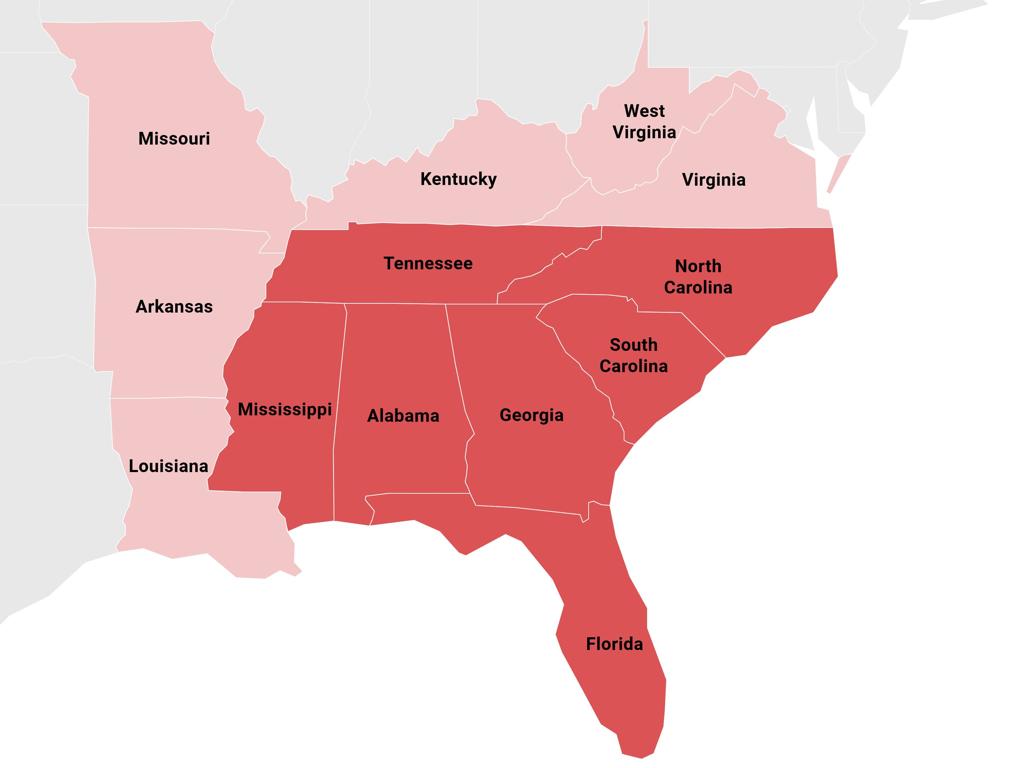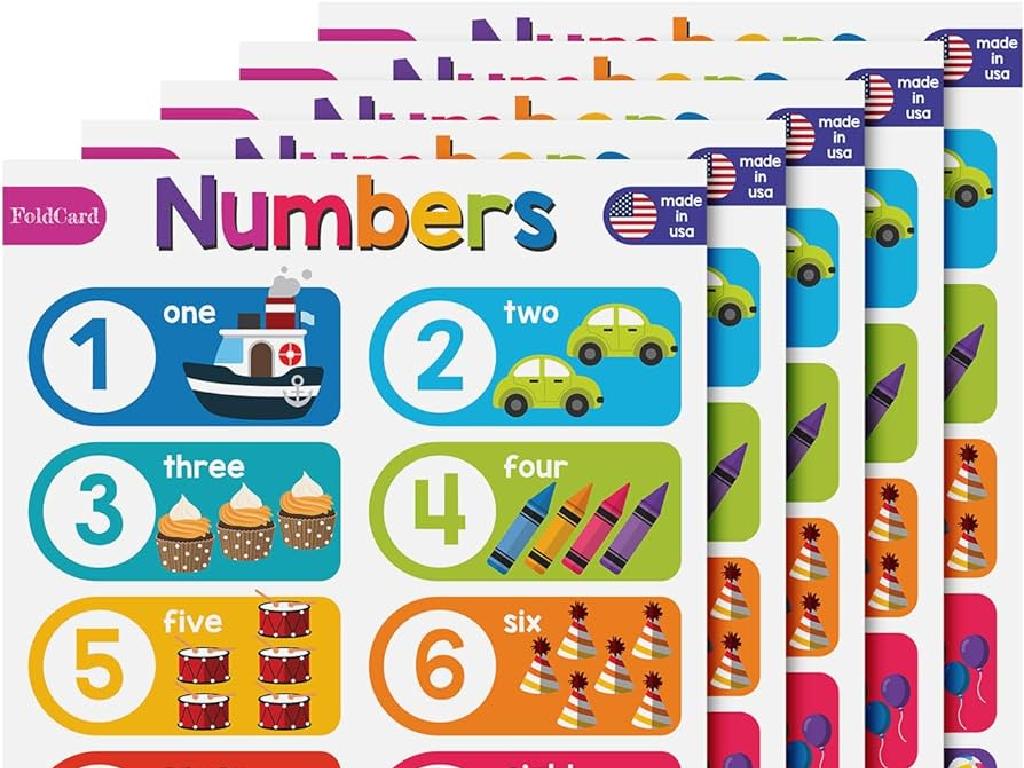The Lewis And Clark Expedition
Subject: Social studies
Grade: Fifth grade
Topic: Early 19Th Century American History
Please LOG IN to download the presentation. Access is available to registered users only.
View More Content
Exploring the Lewis and Clark Expedition
– Purpose of the journey
– To map the West and find a water route to the Pacific
– Significance in U.S. history
– It showed the vastness and diversity of the continent
– Key discoveries made
– New plants, animals, and knowledge of Native American cultures
– Impact on U.S. expansion
– It helped the U.S. to grow with new land and resources
|
The Lewis and Clark Expedition was a remarkable journey commissioned by President Thomas Jefferson after the Louisiana Purchase. The purpose was to explore the newly acquired land, seek a water route to the Pacific Ocean, and document findings. This expedition is crucial in American history as it provided valuable information about the western territories, including geography, natural resources, and the cultures of various Native American tribes. It also paved the way for westward expansion, influencing the nation’s growth and development. Encourage students to consider the bravery and curiosity it took to embark on such an adventure and the lasting effects it had on the country.
Explorers of the New Frontier: Lewis and Clark
– Meet Meriwether Lewis and William Clark
– Lewis was an American explorer, soldier, and public administrator. Clark was a planter and a soldier.
– Leaders of the Corps of Discovery
– They led the first American expedition to cross what is now the western portion of the United States.
– Their roles in the expedition
– Lewis was the private secretary of President Jefferson and leader of the expedition. Clark was the co-leader and dealt with maps and navigation.
– Formation of the Corps of Discovery
– The Corps of Discovery was a specially-established unit of the U.S. Army which formed the core of the Lewis and Clark Expedition.
|
This slide introduces students to Meriwether Lewis and William Clark, the leaders of the Corps of Discovery, and their significant roles in the Lewis and Clark Expedition. It’s essential to highlight their backgrounds and the skills they brought to the expedition. Discuss the formation of the Corps of Discovery, emphasizing its purpose to explore the Louisiana Purchase and the land west to the Pacific Ocean. Encourage students to consider the challenges the expedition might have faced and the leadership qualities necessary to guide such a historic journey. This will set the stage for understanding the importance of the expedition in American history.
Goals of the Lewis and Clark Expedition
– Explore the Louisiana Purchase
– The vast land bought from France in 1803
– Seek a water route to the Pacific
– A hoped-for river passage for easier travel and trade
– Establish trade with natives
– Trade for supplies and strengthen relationships
– Map the newly acquired lands
– Document the geography and resources
|
This slide aims to introduce students to the primary objectives of the Lewis and Clark Expedition. The expedition was a significant event following the Louisiana Purchase, a land deal between the United States and France, where the U.S. acquired approximately 827,000 square miles of land west of the Mississippi River. The explorers, Meriwether Lewis and William Clark, were tasked with finding a water route to the Pacific Ocean to facilitate trade and travel. Additionally, they were to establish trade with Native American tribes and map the vast territories. Their journey was instrumental in expanding America’s knowledge of the western lands, including its geography, natural resources, and the cultures of its indigenous peoples. Engage the students by asking them to imagine being explorers and what they might hope to find on such an expedition.
The Journey Begins: Lewis and Clark Expedition
– Expedition starts in St. Louis, 1804
– St. Louis, known as the Gateway to the West, was the starting point in May 1804.
– Following the Missouri River
– The Missouri River served as a natural guide for their journey westward.
– Overcoming early challenges
– They faced rough terrain, unpredictable weather, and the unknown.
– The team’s determination
|
This slide introduces the beginning of the Lewis and Clark Expedition, a key event in early 19th century American history. Starting in St. Louis, Missouri, in May 1804, the Corps of Discovery, led by Meriwether Lewis and William Clark, embarked on a historic journey following the Missouri River. The early days were filled with challenges such as navigating through difficult landscapes, dealing with harsh weather conditions, and the constant uncertainty of what lay ahead. Despite these obstacles, the team’s determination and resourcefulness were crucial in overcoming them. Encourage students to imagine what it would be like to embark on such an adventure and discuss the qualities needed to succeed in such an expedition.
Encounters with Native American Tribes
– Diplomacy with tribes
– Lewis and Clark met many tribes, exchanging gifts and peace messages.
– Sacagawea’s contribution
– Sacagawea, a Shoshone woman, helped as a guide and translator.
– Trading with Native Americans
– The expedition traded goods for food and horses.
– Learning from tribal knowledge
– They gained survival skills and geographic knowledge from the tribes.
|
This slide focuses on the interactions between the Lewis and Clark expedition and the Native American tribes they encountered. Emphasize the importance of diplomacy and peaceful communication, highlighting how the expedition often exchanged gifts with tribes to show goodwill. Discuss Sacagawea’s crucial role as a guide and interpreter, which was vital for the success of the journey. Explain how trading was essential for the expedition to acquire necessary supplies and how the knowledge shared by Native Americans, such as geographical information and survival techniques, was invaluable. Encourage students to appreciate the cooperative aspects of this historical event and the positive exchanges between cultures.
Discoveries of Lewis and Clark
– New animal species found
– Encountered animals like the grizzly bear and prairie dog
– Collection of plant specimens
– Collected over 200 plant species previously unknown
– Mapping of geographic features
– Mapped rivers and mountain ranges, guiding future explorers
|
This slide highlights the significant contributions of the Lewis and Clark Expedition to the fields of zoology, botany, and geography. Students should understand that the expedition was not just an adventure but also a scientific endeavor. The team documented numerous animal species and plants that were new to science, enriching our understanding of the American landscape. They also created detailed maps of the terrain, which were invaluable for the westward expansion of the United States. Encourage students to think about how these discoveries impacted the knowledge of the time and the future of America’s development.
Reaching the Pacific: Lewis & Clark Expedition
– Arrived at Pacific Ocean, 1805
– After a long journey, they reached the ocean in November 1805.
– Constructed Fort Clatsop
– They built Fort Clatsop for shelter and as their winter quarters.
– Winter on the Pacific coast
– The team faced harsh winter conditions but continued their work and studies.
– Preparing for the journey back
|
This slide focuses on the momentous achievement of the Lewis and Clark Expedition as they reached the Pacific Ocean in November 1805, marking the success of their westward journey. Emphasize the significance of building Fort Clatsop, which served as their winter encampment and base for exploration along the coast. Discuss the challenges they faced during the winter, including the weather and the need to prepare for the return trip. Encourage students to consider the perseverance and determination required for such an expedition. This slide can be followed by activities such as building a model of Fort Clatsop or writing diary entries from the perspective of a member of the expedition.
The Return Journey of Lewis and Clark
– Decision to return home
– Exploring new areas separately
– Lewis & Clark split the group to cover more ground & gather diverse info.
– Reuniting the Corps of Discovery
– The teams met again in North Dakota before heading home together.
– Completing the journey back
|
After reaching the Pacific Ocean, Lewis and Clark decided to head back to report their findings. To maximize their exploration, they split the Corps of Discovery into separate groups. This allowed them to explore more areas and gather a wider range of information. Lewis explored the Marias River while Clark went down the Yellowstone River. They planned their routes to meet again, which they did successfully in North Dakota. From there, they journeyed home together, completing their historic expedition. Discuss with students the importance of their return trip and how it contributed to the expansion and understanding of the United States territory.
The Legacy of the Lewis and Clark Expedition
– Expanded the U.S. territory
– The expedition led to the U.S. claiming the West.
– Scientific discoveries made
– New plants and animals were documented.
– Mapped unknown lands
– Created detailed maps of the Western U.S.
– Shaped America’s future
– Influenced westward expansion and policy.
|
This slide aims to summarize the lasting effects of the Lewis and Clark Expedition on the United States. Emphasize how the journey contributed to the expansion of U.S. territory and the Manifest Destiny ideology. Discuss the scientific and geographic knowledge gained, including the discovery of new species and the creation of maps that were used for decades. Highlight how these contributions played a crucial role in shaping the future of America, setting the stage for further exploration and settlement. Encourage students to think about how this expedition still influences the U.S. today.
Class Activity: Mapping Lewis and Clark’s Journey
– Draw Lewis and Clark’s route
– Mark landmarks and encounters
– Note places like the Great Falls, meeting Sacagawea
– Discuss journey experiences
– Imagine challenges like weather, terrain, and wildlife
– Reflect on historical impact
– How did this expedition shape American history?
|
This activity aims to engage students with the Lewis and Clark Expedition by having them draw the route on a map, which will help them visualize the journey and understand the geography of the early 19th-century United States. Provide maps for students to draw on and mark important landmarks such as the Mississippi River, the Rocky Mountains, and the Pacific Ocean. Encourage discussion about the encounters with Native American tribes and the assistance of Sacagawea. Facilitate a conversation about the difficulties the expedition might have faced, such as harsh weather, difficult terrain, and unknown wildlife. Conclude with a reflection on the historical significance of the expedition and its role in the westward expansion of the United States. Possible activities include drawing the route on individual maps, creating a large classroom map with student contributions, role-playing encounters, and writing diary entries from the perspective of expedition members.






